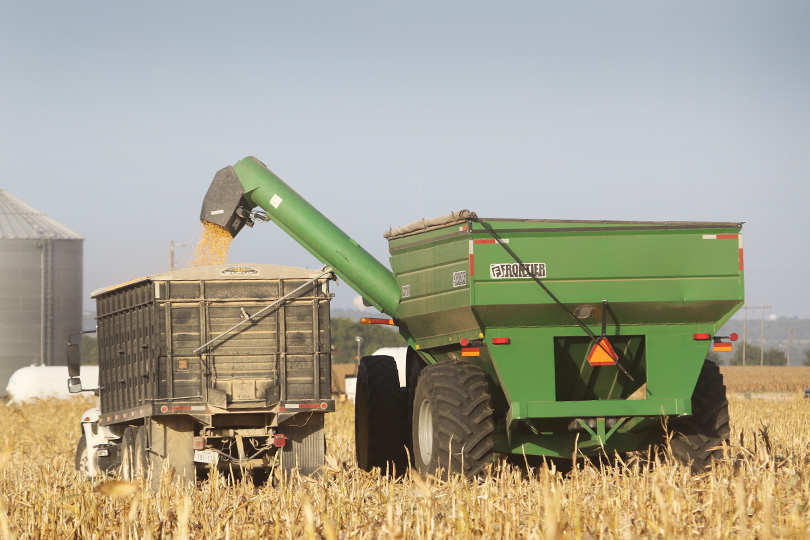As input prices continue to rise and commodity prices decline, farmers rely on the reference prices in the farm safety net to help stay in business when margins get squeezed.
“Reference prices play an essential role in the ARC and PLC programs, which, along with crop insurance and other programs, make up the farm safety net,” Betty Resnick, American Farm Bureau Federation economist, said. “The safety net’s goal is to keep farms in business during periods of low farm income, as our farmers play such an important role in both our country and the world’s food security.”
The reference prices haven’t been updated since the 2014 Farm Bill, which was more than a decade ago.
“The world has changed a lot since then,” Resnick said. “We’ve had a global pandemic. We’ve had record fertilizer prices. We’ve had massive supply chain issues due to global conflicts and other factors and some of the worst inflation we’ve seen in many people’s lifetimes.”
The cost of production agriculture has also increased significantly.
“For some of the crops in the program, costs have increased upwards of 40% or more since introduction, and that’s after prices have kind of settled back down over the past few years,” she said.
Farm groups, including Farm Bureau, are advocating for increased reference prices in the next farm bill.
“We at the American Farm Bureau are advocating for an increase in reference prices for all crops but leave the specifics of that to our legislators on Capitol Hill. But we do need a farm bill, and we are eagerly awaiting their plans,” Resnick said.
U.S. House Agriculture Committee Chair Glenn “GT” Thompson announced this week that he plans to have a committee markup of the bill “sometime before Memorial Day.”
“We’ve found a way to fund—and robustly fund—the safety net programs,” Thompson told Agri-Pulse. “It’s going to allow us to do what we know needs to be done in terms of safety net issues.”
The current farm bill extension expires at the end of September.


Leave A Comment